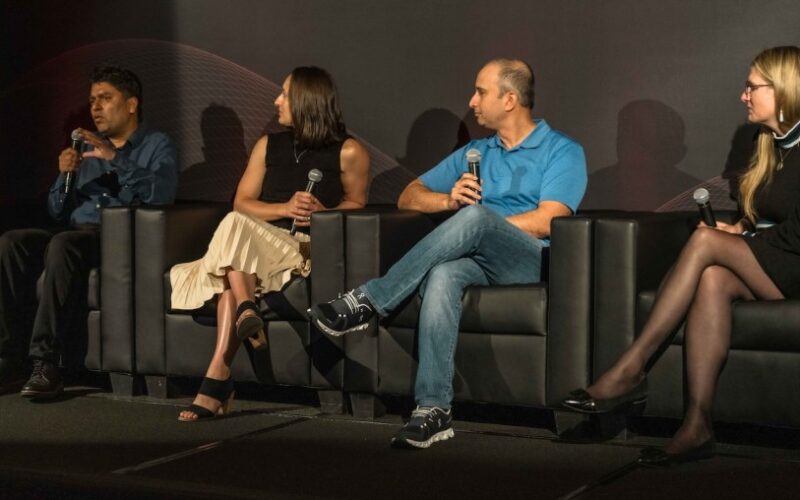Join our daily and weekly newsletters for the latest updates and exclusive content on industry-leading AI coverage. Learn More
In the race to develop cutting-edge AI experiences, enterprises are pouring resources into various models and technologies. But what does it take to create an AI product that truly meets customer needs? According to experts from Capital One, Pinterest and Slack, who all shared their respective experiences at VB Transform 2024, the key is cross-functional collaboration.
“You can do everything in AI, but very soon you’ll notice that once you are in an industrial setting and building this AI product, it takes a village to get the whole thing right,” said Deepak Agarwal, VP of engineering at Pinterest. “It requires engineering, design, product, data and even legal nowadays.”
Agarwal, who previously led AI engineering efforts at LinkedIn, emphasized that companies should approach building AI products with an AI-first mindset and establish a culture where entire teams come together to build the magical experience they want for their customers.
AI innovation and its challenges
Traditionally, software products were built with a deterministic approach that revolved around standardized practices for development, testing and iteration. Teams had a clear-cut path to improving the quality of their applications. However, when generative AI came to the scene, the number of variables in the development lifecycle exploded, leading to a non-deterministic paradigm.
Register to access VB Transform On-Demand
In-person passes for VB Transform 2024 are now sold out! Don’t miss outâregister now for exclusive on-demand access available after the conference. Learn More
Developers today not only have to keep tabs on the pace of innovation — given that AI foundations are evolving so quickly — they also must focus on the quality, safety and performance of their AI apps while keeping tabs on various moving parts, from the model being used, to data, to the framing of the question by the user.
“Previously, you could mock something up in Figma and get a pretty good sense of what that experience would be like,” explained Jackie Rocca, VP of product at Slack. “Maybe, as you built it, you’d have a few tweaks, but with AI and LLMs, it’s really hard to predict the outcomes of those experiences. We’ve moved towards a more rapid prototyping environment, which is very iterative.”
In this environment of rapid prototyping and releasing, companies can miss out on solving common problems, like actively bringing together the team working on AI and the team putting it into a functional, consumer-facing AI product. This is also where many teams fail to go beyond product, design and engineering to loop in other stakeholders like those responsible for assessing possible risks and compliance issues, said Fahad Osmani, VP of AI/ML, data and software experience design at Capital One.
More worryingly, in the rare case when they bring teams together, each department may over-optimize at their respective function level, without considering the ecosystem as a whole.
Collaborate across functions to solve these gaps
While the number one thing to do would be to bring different teams together and leverage the “village,” Rocca pointed out that organizations should keep a hard stance on prioritizing what’s important for customers while continuing to learn and iterate on their AI products. She highlighted that at Slack, the general expectation was the launch of an AI chatbot on the platform. However, the company went in a different direction with gen AI features focusing on user needs.
“We took a step back and thought about the top user problems in Slack such as information overload and difficulty in finding things,” she noted. “So, we started with things like AI-powered search, summarizing your channels and giving you recaps of channels that maybe you don’t need to read every day.”
Osmani and Agarwal also suggested the same strategy of cross-functional collaboration and problem discovery. They said folks in different roles should work together as a team and triangulate feedback from all possible sources, including A/B testing and telemetry from tools, to understand the users’ context and problem before jumping to development and deployment.
“Engaging roles early on will yield surprising insights, as opposed to if you just go about trying to build a business case first, or proof of technology first,” Osmani noted. “I found much better results if all three parties are in the room from the beginning, from problem definition all the way to concept and usability testing.”
Source link lol

